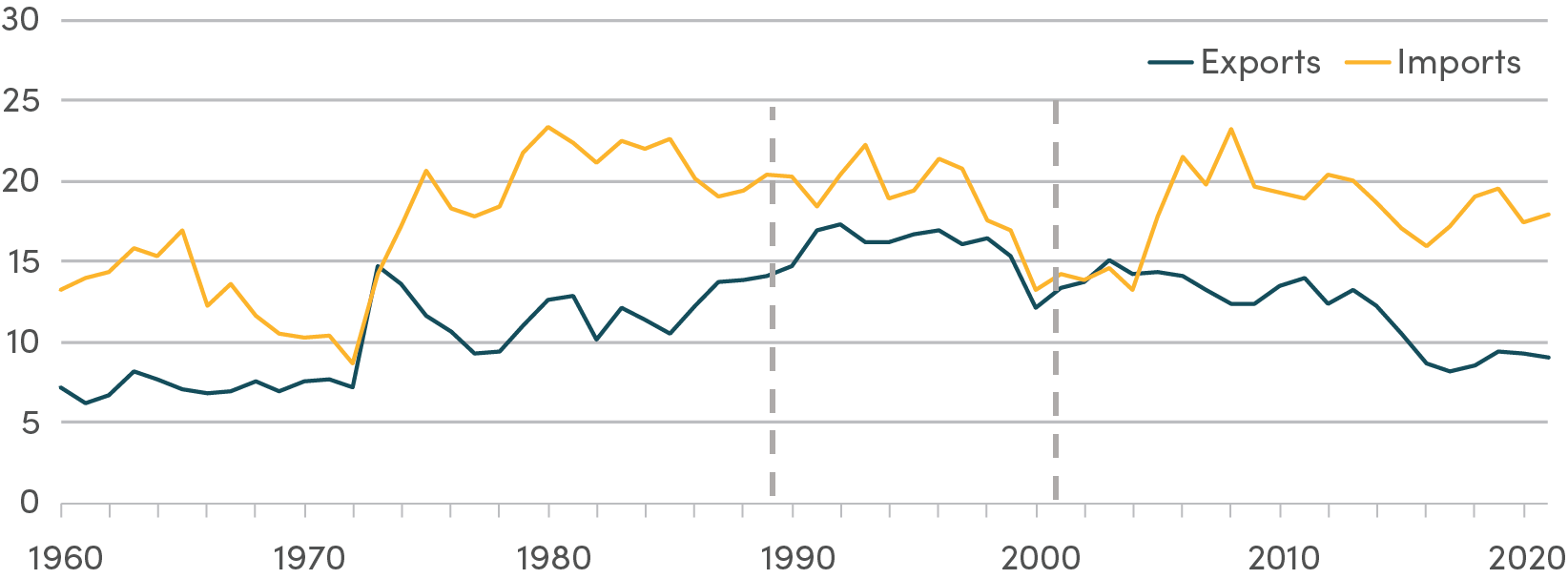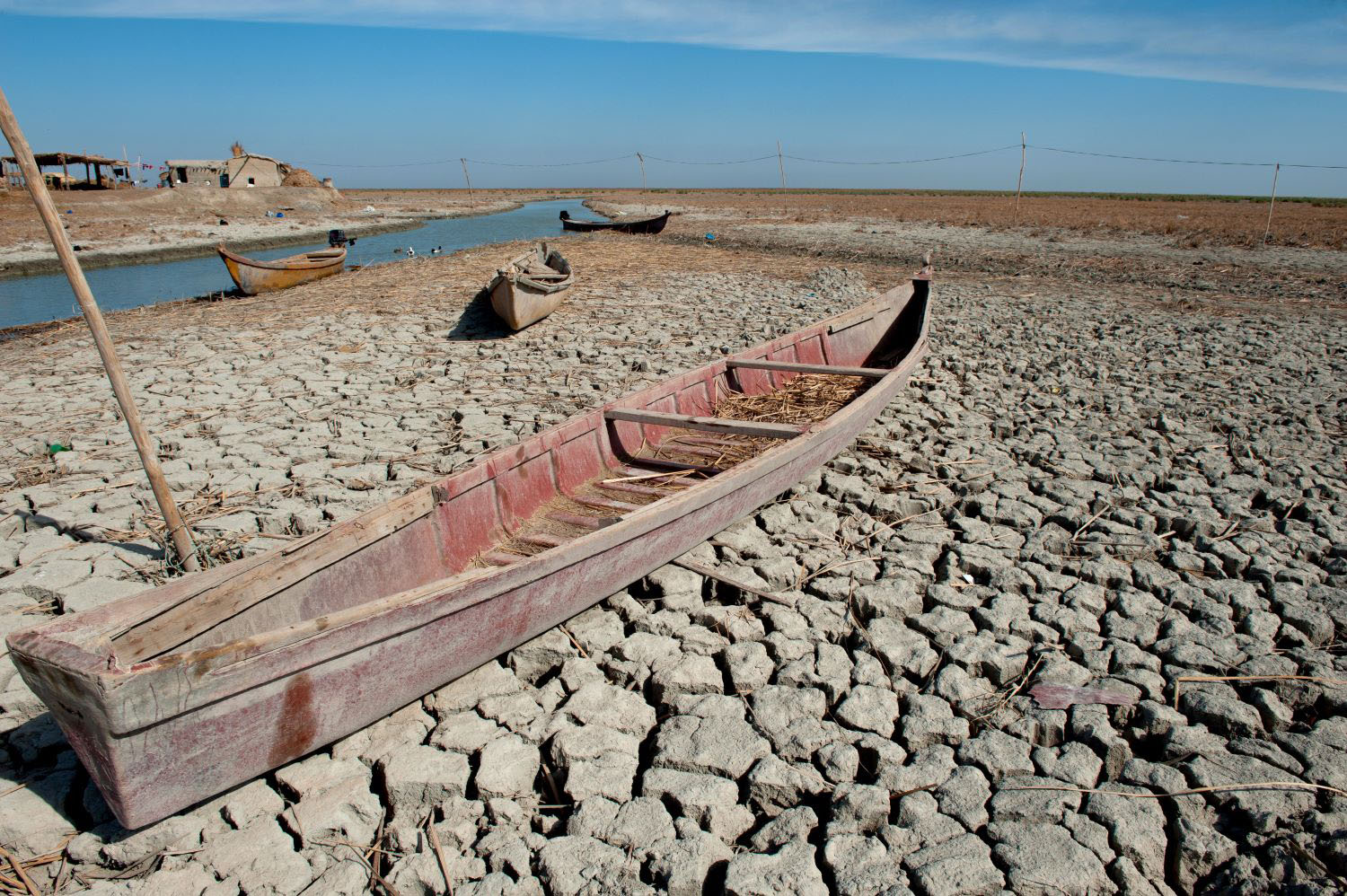I’m a pretty big fan of cash transfers. I’ve become convinced that cash is an efficient immediate way to help the poor and very often a better alternative than other standard development interventions like training or building schools. Cash transfers may even be catalytic, giving poor people a floor to invest in business, their children’s health and education, and some breathing space to pursue higher value activities.
Yet I would never argue that cash transfers are a replacement for economic growth or industrialization or a steady income. Countries want to transform their economies and people will always aspire to be wealthier than what cash transfers can ever reasonably provide. It’s great that cash may enable poor people to eat more protein or afford a better roof, but ultimately their ambitions are surely higher than to rise just above the bare minimum. More importantly, while a bit of regular cash may be helpful in giving people a leg up to escape poverty, it can never replace the dignity or value of a job. Simply put, cash transfers are a useful innovation, but they aren’t a modern economy that can on their own fulfill the aspirations of the world’s poor.
That’s how I think of solar lamps too. Solar lamps are probably an efficient immediate way to help the energy poor and very often a better alternative than other standard interventions like fuel subsidies or waiting for a power plant to be built. Solar lamps may even be catalytic, allowing energy poor students to study at night and helping entrepreneurs figure out new business models to deliver greater energy services.
Yet I would never argue that solar lamps are a replacement for real access to modern energy. Countries want to transform their economies and people will always aspire to use more energy than what a solar lamp can currently reasonably provide. It’s great to be able to turn on a light or charge your mobile phone, but people also want to have a refrigerator, a stove, maybe even one day an air conditioner. And modern economies need high volumes of reliable affordable energy. More importantly, while a bit of low cost light may be helpful in giving people a leg up to escape energy poverty, it can never replace the utility or value of a modern energy system. Simply put, solar lamps are a useful innovation, but they aren’t a modern energy system that can on their own fulfill the aspirations of the world’s energy poor.
CGD blog posts reflect the views of the authors, drawing on prior research and experience in their areas of expertise.
CGD is a nonpartisan, independent organization and does not take institutional positions.





